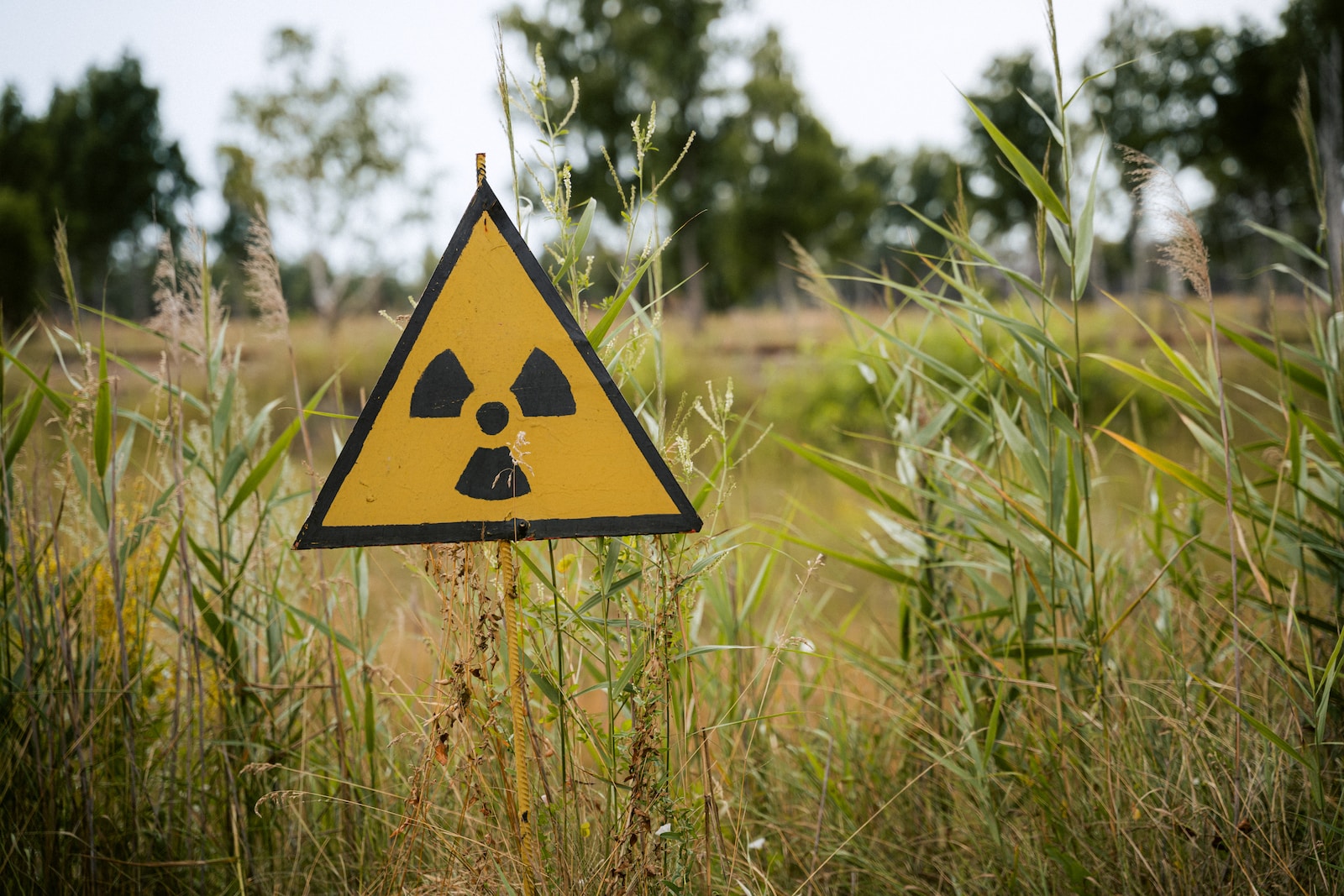Table of Contents
ToggleBackground of Fukushima Wastewater Release
The decision to release contaminated wastewater from the Fukushima-Daiichi nuclear plant into the ocean stems from the ongoing challenges faced since the devastating nuclear disaster in 2011. The plant, located in northeast Japan, has been collecting approximately 100,000 liters of contaminated water daily, a result of cooling the damaged reactors and the infiltration of groundwater and rainwater.
Over time, this has led to the accumulation of around 1.34 million tonnes of water stored in steel containers at the site. With limited space available, the Japanese authorities concluded that releasing a portion of the wastewater into the sea through a one-kilometer-long pipe was a necessary step. Extensive measures have been taken to treat the water, removing most radioactive elements except for tritium. However, the decision has sparked debates and concerns regarding potential environmental impacts and the long-term consequences for marine ecosystems.
The Need for Wastewater Release
Japan has officially announced plans to release wastewater from the Fukushima-Daiichi nuclear plant into the ocean, starting this week. The plant collects around 100,000 liters of contaminated water daily, resulting from cooling the damaged reactors and the infiltration of groundwater and rainwater. With approximately 1.34 million tonnes of water stored in steel containers, a release into the sea has been deemed necessary due to space limitations.
Potential Ecological Threats from Fukushima Wastewater Release
The planned release of contaminated wastewater from the Fukushima-Daiichi nuclear plant into the ocean raises concerns about potential threats to ecosystems. While the treated water is reported to meet safety standards and contain low levels of radioactive elements, there are apprehensions about the long-term effects on marine life and the surrounding environment. Tritium, the remaining radioactive element in the released water, could potentially accumulate in aquatic organisms and disrupt their biological processes.
Additionally, the impact of other radioactive isotopes, although significantly reduced through the treatment process, remains a point of contention. The potential consequences to marine ecosystems, including fish populations, coral reefs, and other organisms, are subjects of ongoing scientific study and monitoring. Ensuring thorough environmental monitoring and adopting precautionary measures will be essential to mitigating potential ecological risks associated with the release.
Water Treatment Measures
Plant operator TEPCO has implemented the Advanced Liquid Processing System (ALPS) to filter the water. This system has successfully removed all radioactive elements, including caesium and strontium, except for tritium. The treated water has been diluted to reduce radioactivity levels to 1,500 becquerels per liter, well below the national safety standard of 60,000 becquerels per liter.
Safety Assurances and Expert Opinions
According to nuclear expert Tony Hooker from the University of Adelaide, the level of tritium in the released water is significantly below the World Health Organization’s drinking water limit. He emphasizes that tritium is routinely released from nuclear power facilities worldwide without causing any evident environmental or health effects. The International Atomic Energy Agency (IAEA) has also confirmed that the release meets international standards and will not harm the environment.
Differing Perspectives and International Reactions
Despite the assurances, there are opposing views on the wastewater release. Greenpeace argues that the water treatment technology is flawed and criticizes the IAEA for disregarding the ongoing contamination of groundwater by highly radioactive fuel debris. China has accused Japan of treating the Pacific like a “sewer” and imposed restrictions on food imports. While the South Korean government has not expressed objections, citizens have voiced concerns and staged demonstrations.
Addressing Concerns and Winning Trust
The Japanese government has undertaken various efforts to address concerns and dispel misinformation. These include study tours of Fukushima, live-streaming videos of fish in the wastewater, and countering online disinformation. Japan has also sought to refute claims that it bribed the IAEA. However, opposition remains, particularly from the fishing industry worried about the impact on seafood exports and public perception.
The Ongoing Challenge: Removing Radioactive Debris and Fuel
Despite the wastewater release, the more significant challenge remains the removal of radioactive debris and highly dangerous nuclear fuel from the three reactors that experienced meltdowns in 2011. TEPCO plans to utilize robots for this task, but high radiation levels pose risks to the remote-controlled machines.
The Long Road Ahead: Timeline and Cost Estimates
The entire process of removing debris and fuel is anticipated to take 30 to 40 years and cost around eight trillion yen ($55 billion). This gargantuan undertaking requires careful planning, technological advancements, and ongoing commitment to ensure the safe decommissioning of the Fukushima-Daiichi nuclear plant.
In conclusion, Japan’s decision to release contaminated wastewater into the ocean has sparked debates and concerns. While experts assure the safety of the treated water, differing perspectives and international reactions highlight the need for ongoing transparency and dialogue. As Japan proceeds with the release, the focus must also remain on the monumental task of removing radioactive debris and fuel, which will span several decades.







